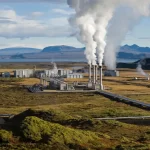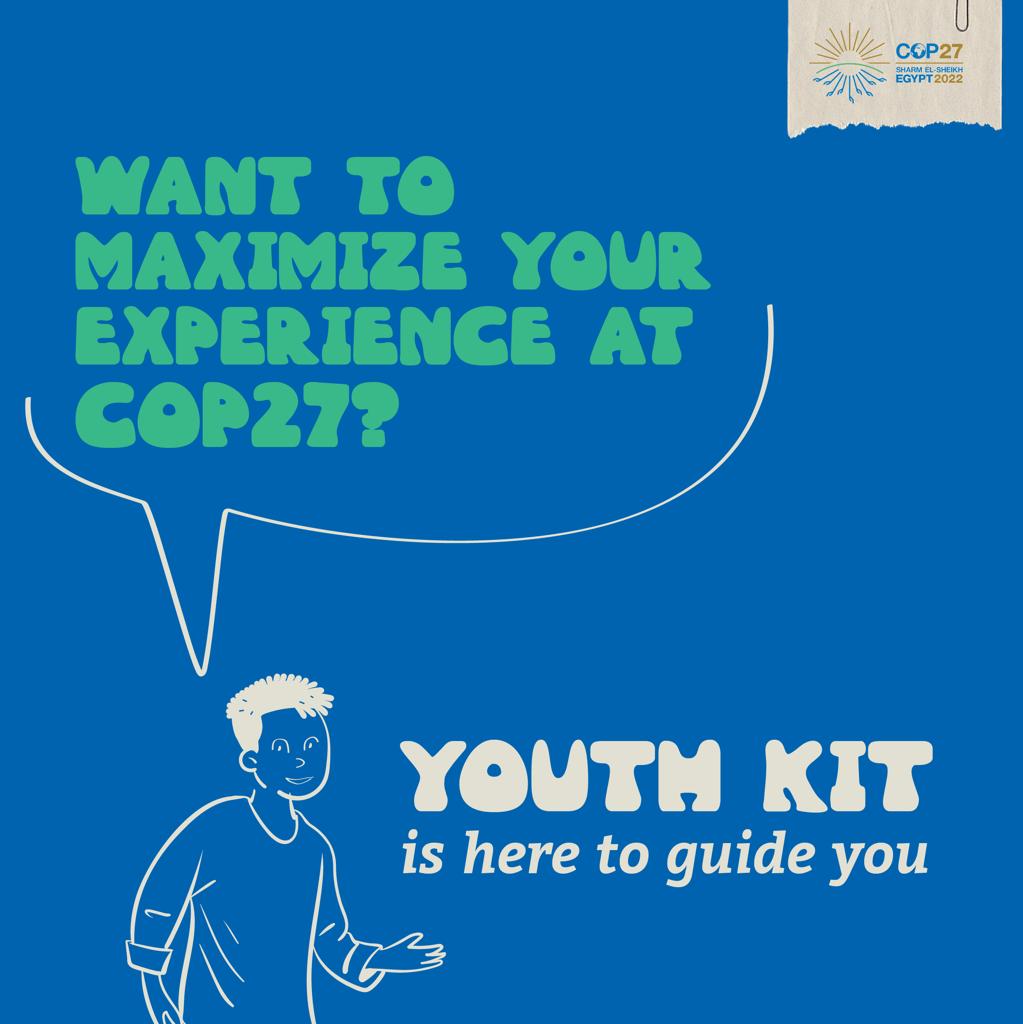The world will likely breach the internationally agreed threshold for climate change within about a decade, and continue to warm to break the next threshold for warming around the middle of the century even with significant reductions in pollution, as predicted by artificial intelligence in a new study that is more pessimistic than previous modeling.
The study, published recently in the Proceedings of the National Academy of Sciences, has reignited the debate over whether global warming can still be limited to 1.5°C, as called for in the 2015 Paris climate agreement, to minimize the most severe impacts of global warming. damage to climate change.
Scientists say the world has already warmed by 1.1 or 1.2 degrees since before the industrial era, or the mid-19th century.
Earth will pass the 1.5 degree mark in 2035
Two climate scientists using machine learning have calculated that Earth will pass the 1.5-degree mark between 2033 and 2035. Their results are consistent with other, more traditional methods of predicting when Earth will break the mark, but with slightly greater accuracy.
“There will come a time when we will call the 1.5°C target for maximum warming dead, beyond a reasonable doubt,” said Kim Cobb, director of the Environment Institute at Brown University, who was not part of the study. This paper may be the beginning of the end of the 1.5°C target.
The world is on the brink of the 1.5 degree mark
The world is on the brink of the 1.5-degree mark in “any realistic emissions-reduction scenario,” said Noah Divenbaugh of Stanford University, a co-author of the study, and said avoiding a 2-degree rise could depend on countries achieving zero emissions targets by the middle of this century.
The AI-based study found that a temperature increase of less than 2°C is unlikely, even with drastic emissions cuts.
This is where AI really differs, Divenbaugh said, with scientists who were expecting to use computer models based on previous observations.
In the high pollution scenario, AI estimates, the world would reach a 2° degree around 2050, and lower pollution could prevent that until 2054, according to the machine learning calculation.
You seem more pessimistic
In contrast, the UN’s Intergovernmental Panel on Climate Change highlighted in its 2021 report that the same low pollution scenario would see the world go above 2 degrees sometime in the 1990s.
Cornell University climate scientist Natalie Maehwald, who was not part of the Diffenbaugh study but was part of the IPCC, said the study makes sense, and fits with what scientists know, but seems more pessimistic.
Mawald said there is a lot of power in using AI and in the future it may be shown to produce better predictions, but more evidence is needed before that can be concluded.
Typically, climate scientists use a bunch of computer simulation models, some running hot and others cold, and then try to figure out which ones do a better job.
Diffenbaugh said this often depends on how they have performed in the past or in past simulations. He said what AI is doing is more relevant to the climate system now.
“We use this very powerful tool that is able to take information and integrate it in a way that no human mind can do, for better or for worse,” Divenbaugh said.
Every year, government climate negotiators declare at a UN summit that they have managed to “keep 1.5 percent alive.”
But with the latest study, scientists are divided as to how true that really is. There’s so much warming already that it doesn’t really matter how we cut pollution in the next several years, Diffenbaugh said, the world will get to 1.5, AI numbers.
Zeke Hausvather of Stripe and Berkeley Earth Technologies, who was not part of the study, agreed, saying it was time to “stop pretending” that limiting the temperature rise to 1.5 degrees is possible.
Some scenarios see temperatures rise past the mark but then drop again, which is called an “overshoot”.
Warming can be limited to 1.5 degrees
Other scientists not involved in the study, such as Michael Mann of the University of Pennsylvania, Bill Herr of Climate Analytics, and Carl Friedrich Schleusner, think 1.5 is still alive.
They say that one scenario of rapid decarbonization not studied by Diffenbaugh shows that the world can remain mostly below the threshold.
If the world could cut its carbon emissions in half by 2030, Hare said, “warming could be limited to 1.5 degrees” with slight overshoot and then overreduction.
Believing that the world can no longer keep warming below 1.5 is a “self-fulfilling prophecy,” Mann said. “In the end, it is easy to overinterpret the importance of a precise threshold such as 1.5°C warming. The challenge is to limit warming as much as possible.” ”












